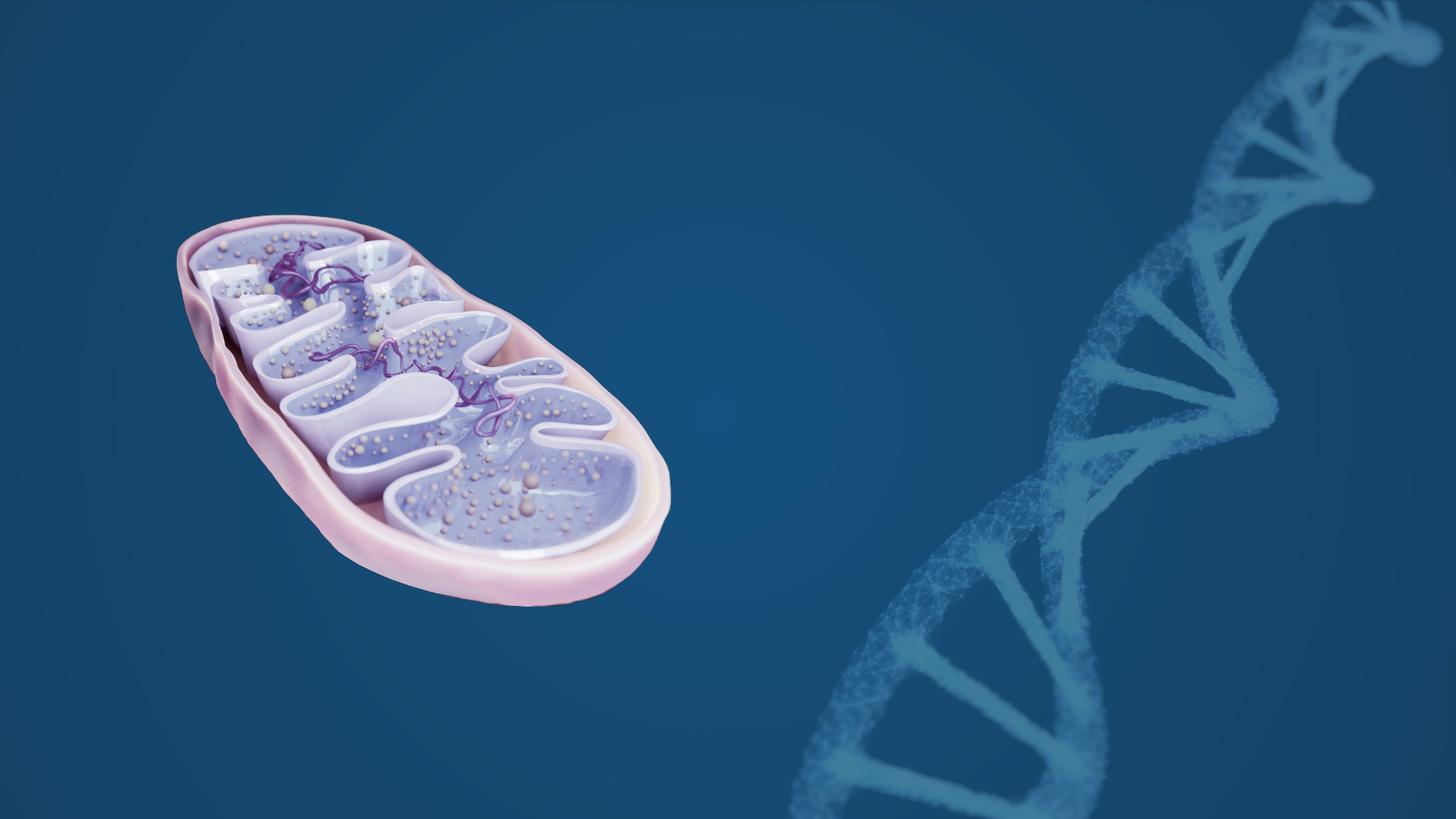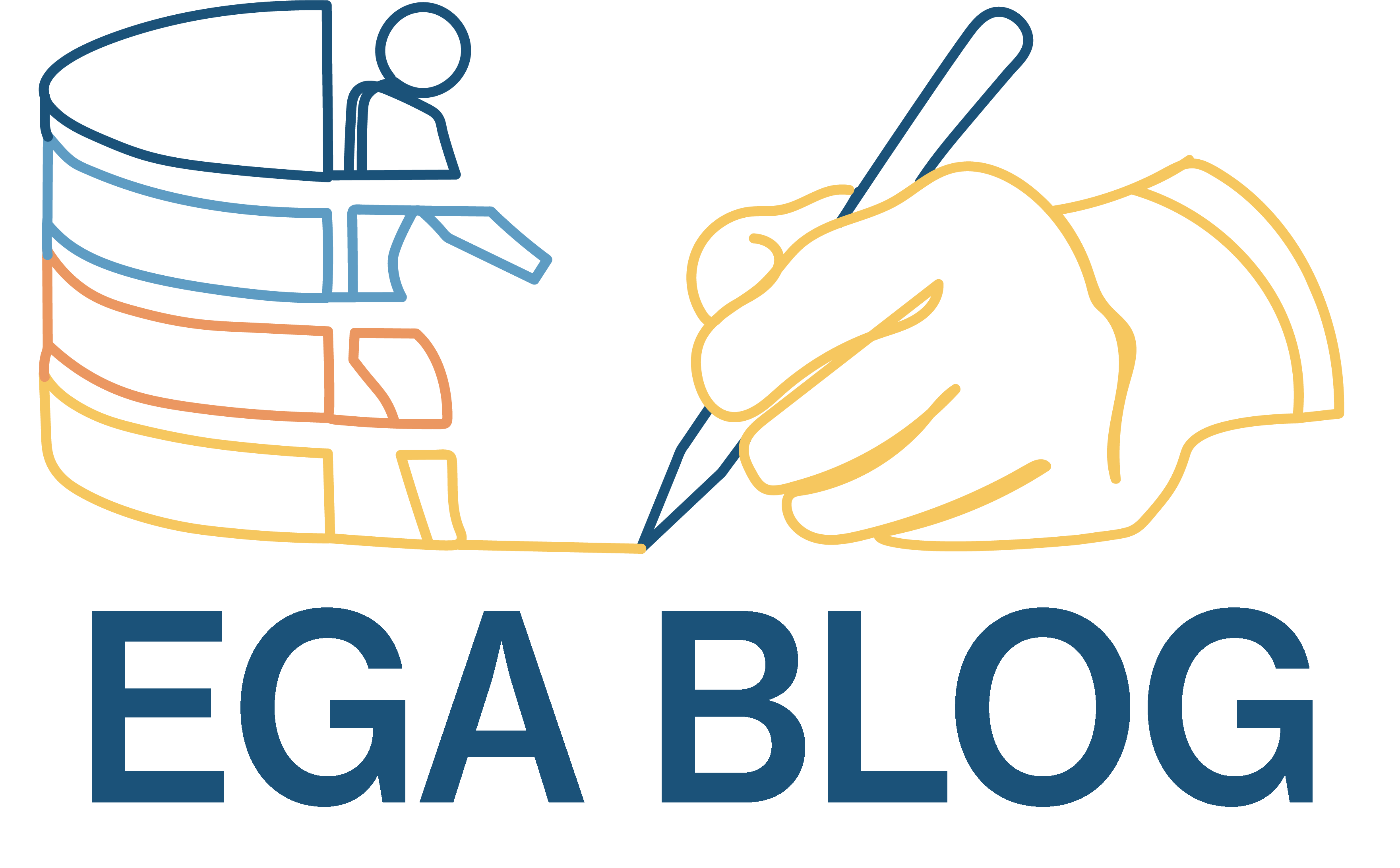Highlights
Papers that have used or generated EGA resources. Also, news and reviews on topics from EGA domain of interest such as human genomics data management and levering, among others.
latest articles
-
 11th June 2024 2 minutes read
11th June 2024 2 minutes readHow mitochondrial DNA research can benefit from data reuse through EGA?
Mitochondria are the only cellular organelles harbouring their own DNA, which encodes for proteins essentials in its respiration process. Despite its discovery in 1960, Mitochondrial DNA is often overlooked compared to nuclear DNA. Indeed, not all sequencing technologies capture a good representation of mtDNA (mitochondrial DNA).
How mitochondrial DNA research can benefit from data reuse through EGA?
11th June 2024 2 minutes readMitochondria are the only cellular organelles harbouring their own DNA, which encodes for proteins essentials in its respiration process. Despite its discovery in 1960, Mitochondrial DNA is often overlooked compared to nuclear DNA. Indeed, not all sequencing technologies capture a good representation of mtDNA (mitochondrial DNA).

-
 22nd December 2023 2 minutes read
22nd December 2023 2 minutes readEuropean Genome-phenome Archive 15th Anniversary Celebration
2023 marks the 15th Anniversary of the EGA, jointly managed by the European Bioinformatics Institute (EMBL-EBI) and the Centre for Genomic Regulation (CRG). To mark the occasion, a simultaneous celebration was held in both institutions on the 13th of December 2023. The teams gathered online to play a quiz game and celebrate all the achievements and milestones with two wonderful anniversary cakes.
European Genome-phenome Archive 15th Anniversary Celebration
22nd December 2023 2 minutes read2023 marks the 15th Anniversary of the EGA, jointly managed by the European Bioinformatics Institute (EMBL-EBI) and the Centre for Genomic Regulation (CRG). To mark the occasion, a simultaneous celebration was held in both institutions on the 13th of December 2023. The teams gathered online to play a quiz game and celebrate all the achievements and milestones with two wonderful anniversary cakes.

-
 9th Jan 2023 3 minutes read
9th Jan 2023 3 minutes readUpcycling and merging data to challenge the dogma and identify new therapeutic targets for Glioblastoma
The data merge from datasets deposited at the European Genome-phenome Archive allowed to challenge the findings from several other cancer fields.
Upcycling and merging data to challenge the dogma and identify new therapeutic targets for Glioblastoma
9th Jan 2023 3 minutes readThe data merge from datasets deposited at the European Genome-phenome Archive allowed to challenge the findings from several other cancer fields.

-
 31st December 2021 3 minutes read
31st December 2021 3 minutes readHow upcycled prostate cancer sequences enabled key findings on telomeres length
The length of telomeres, the chromosomes' end tails, as depicted in the figure below, physiologically shorten with aging. This means that younger cells have longer telomeres compared to their aged counterparts; one could say that the length of cells’ telomeres is a measure of their replicative power
How upcycled prostate cancer sequences enabled key findings on telomeres length
31st December 2021 3 minutes readThe length of telomeres, the chromosomes' end tails, as depicted in the figure below, physiologically shorten with aging. This means that younger cells have longer telomeres compared to their aged counterparts; one could say that the length of cells’ telomeres is a measure of their replicative power

-
 27th August 2021 3 minutes read
27th August 2021 3 minutes readShedding light over COVID-19 susceptibility and severity
"One of the most remarkable features of SARS-CoV-2 infection is the variation in consequence ranging from asymptomatic to life-threatening " state the authors of the majestic Nature paper released in accelerated pre-view on July 2021.
Shedding light over COVID-19 susceptibility and severity
27th August 2021 3 minutes read"One of the most remarkable features of SARS-CoV-2 infection is the variation in consequence ranging from asymptomatic to life-threatening " state the authors of the majestic Nature paper released in accelerated pre-view on July 2021.

-
 9th July 2021 4 minutes read
9th July 2021 4 minutes readProviding access to COVID-19 data: one year later
On 11 March 2020 the World Health Organization declared the novel coronavirus outbreak a global pandemic. Four months later, the European Genome-phenome Archive (EGA) released its first COVID-19 dataset. This dataset – single cell RNA and VDJ sequencing of B cells from 60 COVID-19 patients – showed that neutralizing antibodies could be identified by high-throughput sequencing in response to SARS-CoV-2 infection. That was one year ago.
Providing access to COVID-19 data: one year later
9th July 2021 4 minutes readOn 11 March 2020 the World Health Organization declared the novel coronavirus outbreak a global pandemic. Four months later, the European Genome-phenome Archive (EGA) released its first COVID-19 dataset. This dataset – single cell RNA and VDJ sequencing of B cells from 60 COVID-19 patients – showed that neutralizing antibodies could be identified by high-throughput sequencing in response to SARS-CoV-2 infection. That was one year ago.

-
 6th July 2021 2 minutes read
6th July 2021 2 minutes readThe last addition to the list of clonal evolution studies in the EGA
Tumours of different types may arise from a single cell with at least one malignant mutation. Accumulation of subsequent hits generates lineages of cells with different cancer transformation power; thus, every clone follows an autonomous evolution, and several clones may co-exist into the same solid or liquid tumour.
The last addition to the list of clonal evolution studies in the EGA
6th July 2021 2 minutes readTumours of different types may arise from a single cell with at least one malignant mutation. Accumulation of subsequent hits generates lineages of cells with different cancer transformation power; thus, every clone follows an autonomous evolution, and several clones may co-exist into the same solid or liquid tumour.

-
 7th June 2021 2 minutes read
7th June 2021 2 minutes readAdvancing fast in the analysis of circulating tumour DNA
In cancer patients, solid tumours also release DNA fragments into the blood, and they are called Circulating Tumours DNA (ctDNA). Nowadays, the standard procedure for cancer monitoring is analysis of surgically obtained biopsies. They generate a big amount of material, but the operation is highly invasive and provide medical doctors with a single-time snapshot of the tumours, which are often highly changeable
Advancing fast in the analysis of circulating tumour DNA
7th June 2021 2 minutes readIn cancer patients, solid tumours also release DNA fragments into the blood, and they are called Circulating Tumours DNA (ctDNA). Nowadays, the standard procedure for cancer monitoring is analysis of surgically obtained biopsies. They generate a big amount of material, but the operation is highly invasive and provide medical doctors with a single-time snapshot of the tumours, which are often highly changeable

-
 16th March 2021 2 minutes read
16th March 2021 2 minutes readFinding the way towards the eradication of therapy-related myeloid neoplasms
Therapy-related neoplasms are directly caused by the drugs used to eradicate a previous cancer. It is well known that a subset of drugs designed to kill cancer cells through DNA-damage-induced apoptosis can intrinsically, as secondary effect, cause DNA-damage in other cells, thus inducing a neoplasm. Those neoplasms have especially bad prognosis. Why are these drugs still in use? Because for many diseases we do not have anything better, at the moment.
Finding the way towards the eradication of therapy-related myeloid neoplasms
16th March 2021 2 minutes readTherapy-related neoplasms are directly caused by the drugs used to eradicate a previous cancer. It is well known that a subset of drugs designed to kill cancer cells through DNA-damage-induced apoptosis can intrinsically, as secondary effect, cause DNA-damage in other cells, thus inducing a neoplasm. Those neoplasms have especially bad prognosis. Why are these drugs still in use? Because for many diseases we do not have anything better, at the moment.

-
 19th February 2021 1 minutes read
19th February 2021 1 minutes read20 years after the first human genome release. Where are we heading?
The genomic revolution equipped the scientists with millions of human genomes, entirely changing the way we envision, project and interpret science. Together with the amounts of data, it also evolved the need to respect the donors' right to privacy. Data protection laws flourished and, while they undeniably served to improve human rights and good
20 years after the first human genome release. Where are we heading?
19th February 2021 1 minutes readThe genomic revolution equipped the scientists with millions of human genomes, entirely changing the way we envision, project and interpret science. Together with the amounts of data, it also evolved the need to respect the donors' right to privacy. Data protection laws flourished and, while they undeniably served to improve human rights and good

-
 26th January 2021 1 minutes read
26th January 2021 1 minutes readData upcycling, powered by EGA
In 2012 a collaborative effort headed by the teams of Carlos Caldas in Cambridge, UK and Samuel Aparicio, Canada, produced a pivotal study aimed at defining the mutational landscape of breast cancer. They gathered a collection of over 2000 breast cancer samples (METABRIC) associated with long-term clinical follow-up.
Data upcycling, powered by EGA
26th January 2021 1 minutes readIn 2012 a collaborative effort headed by the teams of Carlos Caldas in Cambridge, UK and Samuel Aparicio, Canada, produced a pivotal study aimed at defining the mutational landscape of breast cancer. They gathered a collection of over 2000 breast cancer samples (METABRIC) associated with long-term clinical follow-up.

-
 8th January 2021 2 minutes read
8th January 2021 2 minutes readGut microbiome dynamics unravelled with metagenomics sequencing
In 2012 a collaborative effort headed by the teams of Carlos Caldas in Cambridge, UK and Samuel Aparicio, Canada, produced a pivotal study aimed at defining the mutational landscape of breast cancer. They gathered a collection of over 2000 breast cancer samples (METABRIC) associated with long-term clinical follow-up.
Gut microbiome dynamics unravelled with metagenomics sequencing
8th January 2021 2 minutes readIn 2012 a collaborative effort headed by the teams of Carlos Caldas in Cambridge, UK and Samuel Aparicio, Canada, produced a pivotal study aimed at defining the mutational landscape of breast cancer. They gathered a collection of over 2000 breast cancer samples (METABRIC) associated with long-term clinical follow-up.

-
 25th November 2020 2 minutes read
25th November 2020 2 minutes readReading about genomic analysis of pan-neuroblastoma
There are virtually no research fields that do not benefit from the large-scale genomic analysis that are so popular nowadays. For research into diseases with highly diverse clinical behavior like pediatric neuroblastoma, nevertheless, this type of approach has been a game-changer
Reading about genomic analysis of pan-neuroblastoma
25th November 2020 2 minutes readThere are virtually no research fields that do not benefit from the large-scale genomic analysis that are so popular nowadays. For research into diseases with highly diverse clinical behavior like pediatric neuroblastoma, nevertheless, this type of approach has been a game-changer

most read articles
-
7th March 2019

Data Use Ontology (DUO) at EGA
-
30th October 2019

Out with the Java, in with the Python - new EGA data download client unveiled
-
21st Sep 2022

Providing safe access to sensitive human data across borders: Federated EGA becomes a reality
-
22nd December 2020

The Federated EGA network
-
29th March 2019

Federated discovery and sharing of genomic data using Beacons
